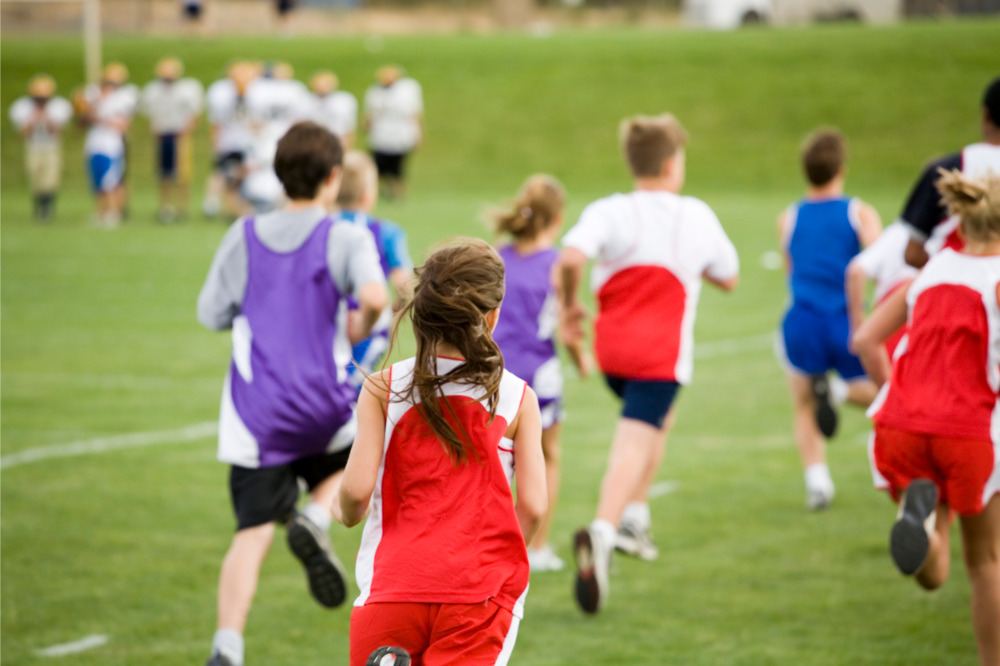
According to recent studies on physical activity, Australia ranks as one of the worst performers for 11–17-year-old girls globally.
More than 90% of girls surveyed reported having insufficient levels of physical activity, with a marked decrease in sport participation by girls during the 12–14 years of age and from 17+ years.
A looming issue is that as girls grow older, they report lower levels of enjoyment, confidence, competence and understanding with regards to physical activity, particularly during their teenage years.
To address this, the Australian Council for Health, Physical Education and Recreation (ACHPER) Victoria has been working with Victoria University and partnered with the Office for Women in Sport and Recreation (Change Our Game, Victorian Government).
Together, Professor Clare Hanlon, Susan Alberti Women in Sport Chair, Victoria University in collaboration with ACHPER Victoria and the Office for Women in Sport and Recreation developed a new infographic to support the valuable role teachers and schools play to support physical literacy in girls.
“Research continues to show girls lack confidence and fear judgement, many feel negative about their appearance,” Professor Hanlon told The Educator.
“The age of 12 years for girls is when confidence levels decrease to a point where at the age of 14 years it is 27% less than the confidence of boys, puberty plays a key role”.
Professor Hanlon says physical literacy develops physical, mental, social and cognitive capabilities, all of which support lifelong health and physical activity.
“Physically literate girls participate in twice as much physical activity, they are happier and more trusting of other children, and have higher levels of resilience than those who are not physically active,” she explained.
“Physically active girls will be healthier, happier, have higher self-esteem and body confidence, AND have better health outcomes in adult life”.
Professor Hanlon said that while schools have a vital role to play to support girls in their development of physical literacy, at times this role is undervalued.
“A whole-school approach underpinned by quality HPE and which embraces daily play, sport and physical activity can support enhanced physical literacy outcomes for girls,” she said.
“The infographic is a business case to support principals and teachers on ‘why’ the need to create a whole-of-school approach to encourage more children, particularly girls, to be more active”.
Professor Hanlon said that as leaders within their community, principals have an important role play in driving better health and self-esteem among girls.
‘Global good practice case examples include supporting HPE and sport teachers, and understanding the holistic benefits associated with physical literacy,” she said.
“A project lead champions the importance of inclusion and equity throughout the school including the introduction of a girls’ voice group to listen, learn and take action”.
Professor Hanlon said leadership programs which include peer-to-peer mentoring can also help, as well as collaboration with other local schools to provide positive role models.
“Physical literacy is clearly understood to be relevant to girls’ lives, it resonates at a personal level to boost relevance and the ‘how to’ messages focus on activities girls are familiar with”.


